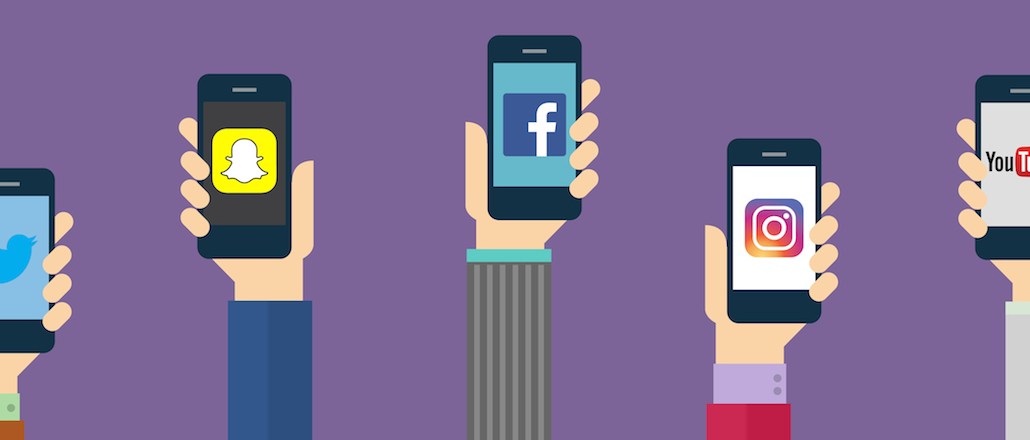Save 50% on a 3-month Digiday+ membership. Ends Dec 12.

A year ago, Facebook wanted to get creators and publishers to use its new Live video feature. Facebook has a powerful incentive for them in its news feed, in that it can reward participants by sending eyeballs to their posts. But this time, it provided a far more important motivator: cash. More than $50 million, spread among 140 creators including The New York Times, Vox Media and Mashable as well as personalities including Kevin Hart and Gordon Ramsey. (More recently, it reportedly was in talks to buy its own video shows.)
Snapchat has been talking to media companies about licensing their content in addition to sharing revenue from advertising sold against their Discover channels. Not everyone will benefit, and there are caps on the payouts, for sure, but these are clear signs that the platform giants will pony up for content. In 2017, more of these platforms will embrace the power of cutting the check.
To be sure, don’t expect this to come about out of altruism. The one word platforms care most about is scale. Ultimately, the platforms are playing an advertising game based on scale. And to attract advertising, lucrative video advertising in particular, they need to have quality content that advertisers want to be associated with — and large amounts of it. The precedent is YouTube, which spent $100 million in 2013 to get media companies, including Hearst and Vice, to produce high-quality shows.
“The platforms have shown in a variety of ways they appreciate the value of paying for content,” says Andrew Morse, digital GM for CNN, which was one of the media companies Facebook paid to create live video, money he described as a step in the right direction. “There has been a great leap of faith by media companies and platforms. It’s been a great first date. For a second date, there has to be a promise of a future relationship.”
The other side of this is that the platform largesse is limited and isn’t going to be evenly shared. Facebook Live payments will likely only last until Facebook lets video creators make money from advertising. Twitter’s focus has been on live streaming sporting events, one of the few types of content that gets people to tune in at a specific time. Snapchat will control the terms of the licensing fees, and will make sure the terms favor Snapchat. Platforms will want to work with the media companies that have scale and a point of differentiation. That leaves a lot of companies in the murky middle and below with little leverage.
At the same time, traditional publishers are facing hard times because of a tougher than expected climate for ad spending (new digital publishers aren’t immune to this climate, and they don’t have the legacy revenue that traditional media companies do to fall back on). That pressure makes it hard to justify continued spending on platform initiatives that haven’t paid for themselves.
Already in 2016, some publishers have started to cool on Facebook Instant Articles rather than publish all their articles to Facebook’s platform, which owns the reader data and sets the rules around monetization.
“The new guard is part of the old guard,” says digital media vet Vivian Schiller. “In light of what’s happening with platforms, they’re bundled with everyone else.”
If traditional media took a revenue hit as their audience shifted to desktop, and then again to mobile screens, the move to the distributed web has been even harder because the content is being consumed off their own platforms where the revenue tends to be further divided, says M. Scott Havens, global digital head of Bloomberg Media. “There’s been an ongoing conversation between publishers and platforms about how the economic pie gets distributed for a couple years now. If publishers’ efforts don’t bear fruit, they’ll likely have to pull back from some of the platforms.”
But they’ll hardly be doing so from a position of strength.
More in Media

The Washington Post debuts AI-personalized podcasts to hook younger listeners
The Washington Post has used AI to build a pick-your-own-format news podcast, letting listeners choose the topics, hosts and duration.

Workforce data, smarter AI integration among greatest workplace priorities in the new year
The growing importance of workforce data is just one of the prognostications people managers are making looking to the year ahead.

WTF is AI citation tracking?
Publishers are tracking AI citations to understand visibility, attribution gaps and referral traffic in these tools and platforms.








